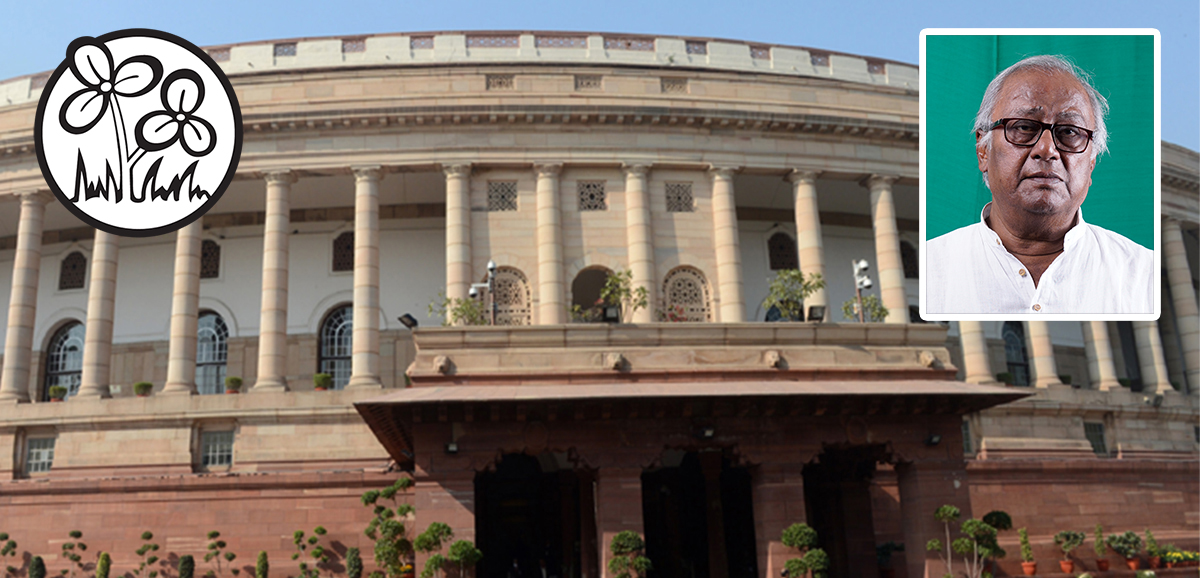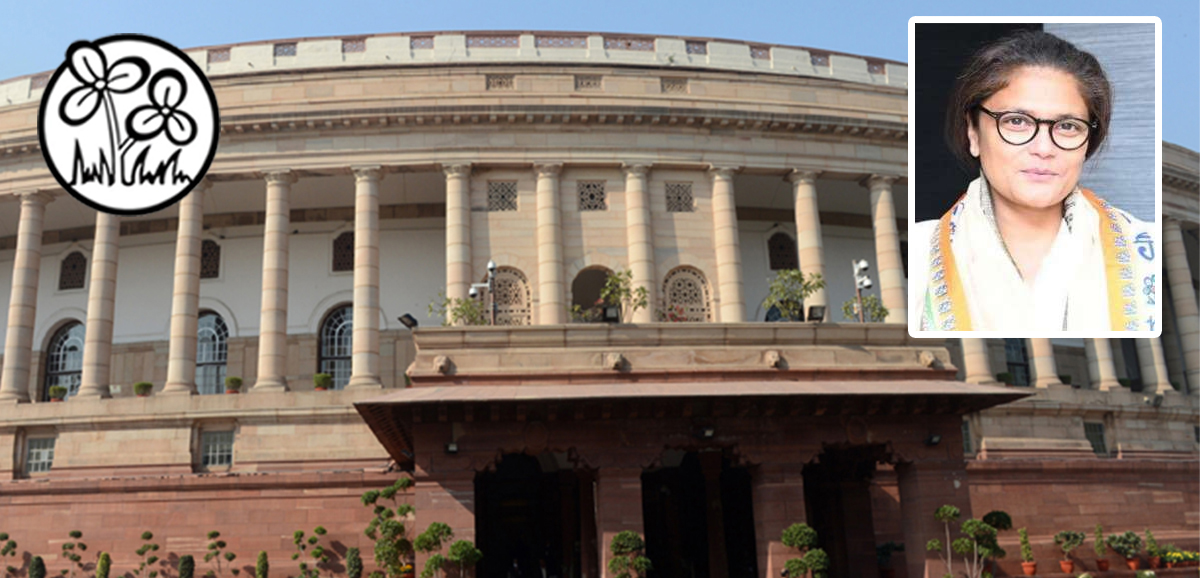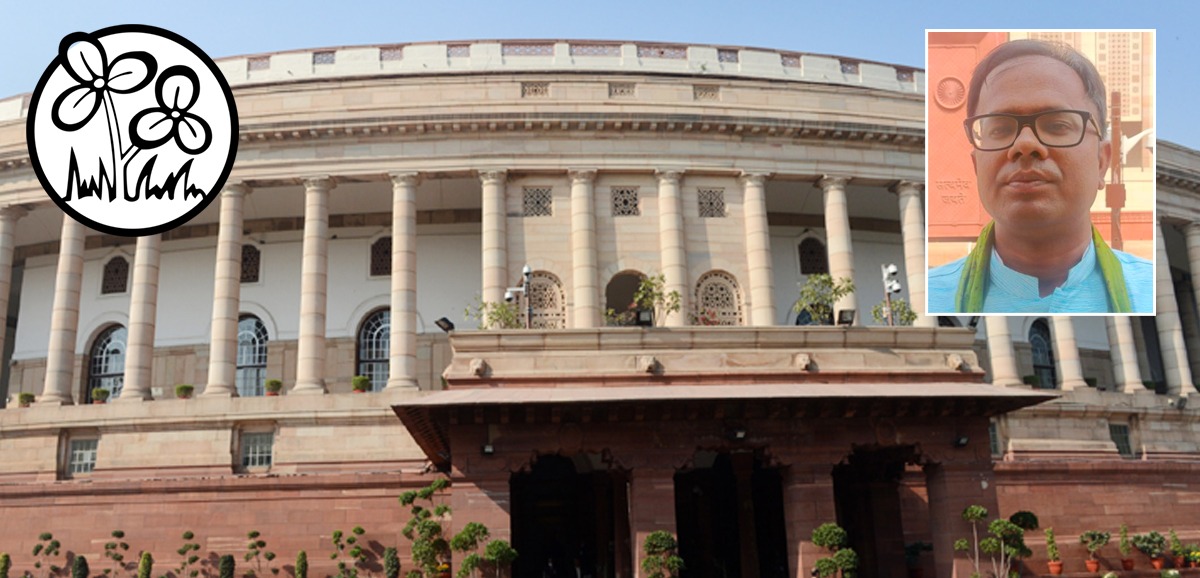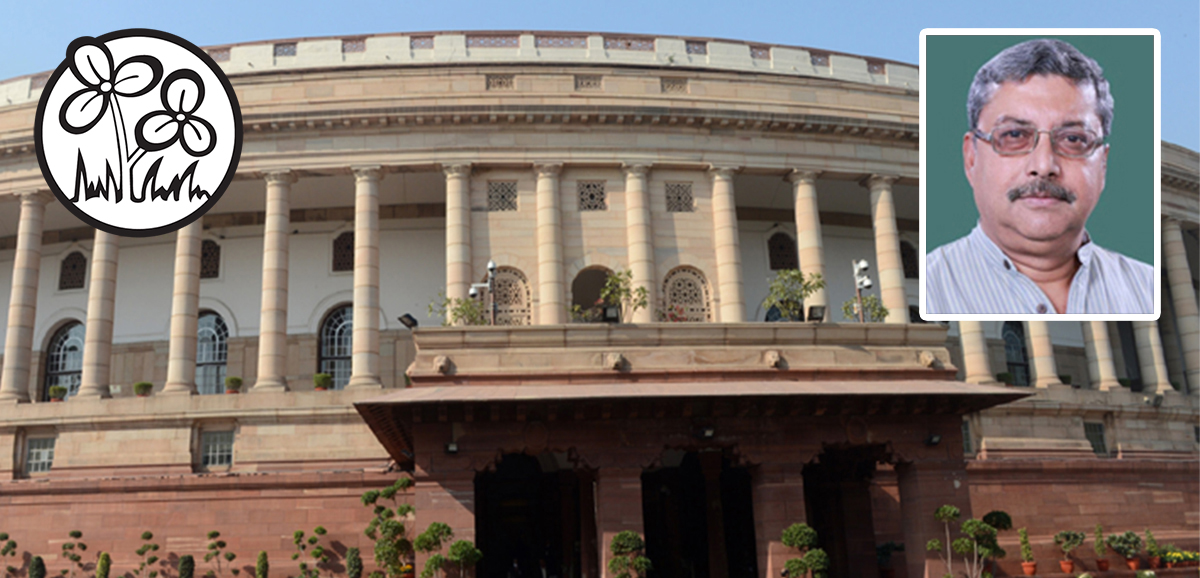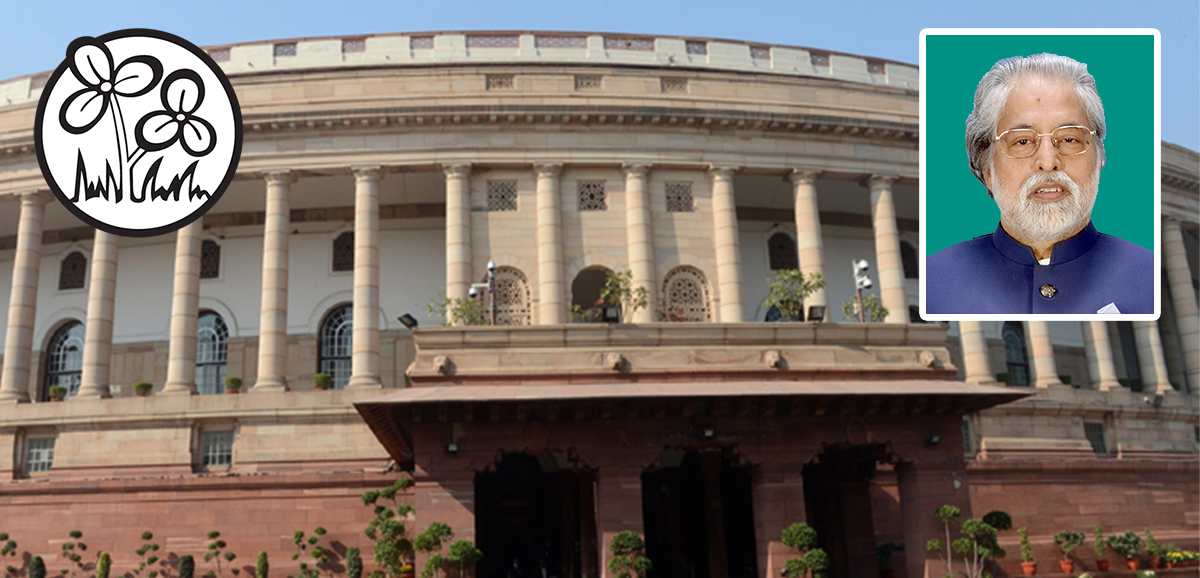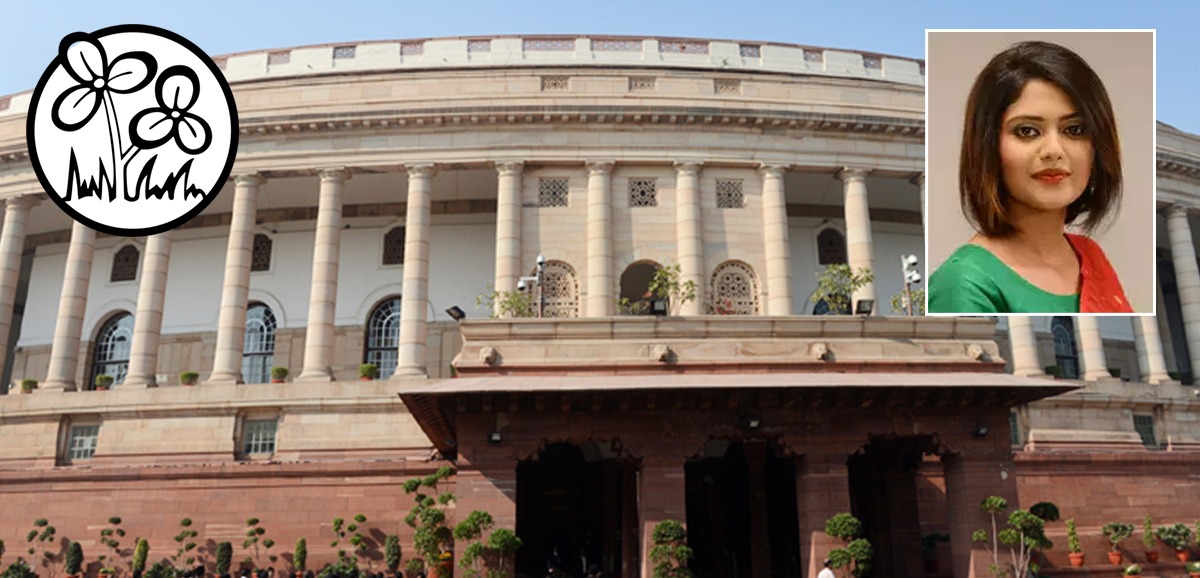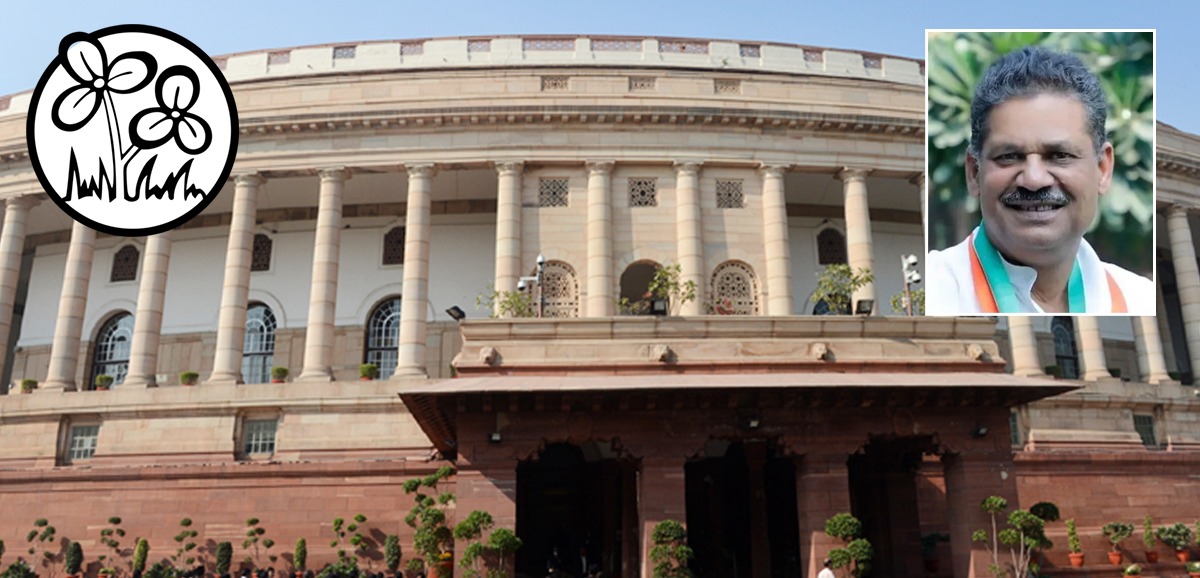सर, आज यहां भारतीय वायुयान जवधेयक पर चचाषहो रही है। Sir, we heard a long speech by Mr. Rudy. He has every right to make a long speech because he has been a professional pilot. In spite of being a pilot, I do not know how he wins from Saran. Once, we went to a visit as a Parliamentary Committee from Delhi to Mumbai. We heard a man announcing on the aircraft’s radio. When he came out, it was Mr. Rudy. He was flying the Indigo aircraft from Delhi to Mumbai. So, kudos to Mr. Rudy. But I would suggest to him that he should take a copy of the speech that he has delivered today, make it into a booklet, and distribute it among the Members. यह एजकुेजटंग होगा। आप जलयोनाडो दा जवंची नेएयरकाटष जडजाइन जकया, वर्ष1903 मेंराइट िदसष नेप्लेन उड़ाया, इलाहाबाद सेनैनी प्लेन गया। वहां सेआते-आते वर्ष2024 तक पहुंच गए। जहथट्री ऑफ ललाइंग इन इंजडया, आपकी इस जकताब का नाम होना चाजहए। मैंइस पर ज्यादा नहीं बोलना चाहता ह ं। Mr. Kinjarapu Rammohan Naidu is the Minister of Civil Aviation. I would like to pose a question to him. Is it efficacious to open more and more airports and start more and more airlines? Airlines and airports have become a status symbol, and we must open them. But most of the airlines do not run. Mr. Rudy has mentioned that Jet Airways has closed down; Sahara airlines has closed down; ModiLuft has closed down; Deccan has closed down; GoAir has closed down; and Kingfisher has closed down. So, running airlines is not a profitable business. I represent a constituency which has an airport. When these are closed down, all the employees come to me. I say that I have no power to openan airline. Jet Airways has gone to the National Company Law Tribunal (NCLT). In my constituency, all these employees stay there; all the pilots stay there; all the air hostesses stay there. When Tata was taking over Air India, all these people used to come to me. I told them that if the Government is selling Air India, I am sure that your jobs will be protected. Tata initially said, they will not change any employees for the first year. Then, slowly it has started getting rid of the employees. They have to make it profitable. So, you should have a Civil Aviation Policy. What do you want? आप कहते हैंजक छोटे-छोटे शहरों में प्लेन जाएगा। Is it profitable? Is it efficacious? उिर प्रदेश में, आंध्र प्रदेश मेंछोटे-छोटेशहरों मेंप्लेन जानेसेक्या प्रेथटीज बनती ह? ै कुछ पोजलजटशन्स ही चढ़तेहैं। It is not profitable. The Government should have a Civil Aviation Policy. In the 90s, when Jyotiraditya’s father, Shri Madhavrao was the Civil Aviation Minister, he introduced the Open Sky Policy. Before that, there was only one airline operating, that is, the Indian Airlines. He opened up the sector. Many airlines came into. But most of them closed down. We do not want this mortality of airlines. That is why, I urge you to think about it. There is no hurry. Come up with a Civil Aviation Policy. New airlines are not for employing pilots. They are really for being profitable institutions. If an airline is introduced, some pilots get jobs. But after that, does it run? In Raebareli, there is a pilot training school. There is an airport as well. Does an aircraft go there? So, we have to take a practical view, not a status symbol or view of things. Our friend was talking about the airfare. Now, all other routes are non-profitable but the Gulf route from Kerala is profitable. Our brethren go to Gulf, clean bathrooms there, make money and send remittances to India. That is how our economy runs. You find new houses coming up in Kerala. In that sector, the airlines are making the maximum profit. In this House, it has been raised repeatedly. The Government has no say in it. So, unless you have any say or any control over the airfares, what is the point of having a Civil Aviation Ministry? After Air India has gone, ग्लैमर चला गया। आपको यह जमजनथट्री िीक है। पहले एयर इंजडया सरकार की थी, everybody used to catch hold of the Civil Aviation Minister. सर, हमारा अपग्रेड कर दीजजए। सब एमपीज़ बोलतेथे। अभी आपके पास कोई नहीं आएगा और बोलनेसेभी अपग्रेड नहीं करगे ा, यह बात हमेंसमझनी है। You were answering to the Questions on civil aviation this morning. It will take you 50 years to manufacture an aircraft like Boeing or Airbus in India. We are end users. जब इंजडगो का टैंडर छोड़तेहैंजक एयरक्रालट खरीदेंगे। Mr. Rudy was saying that we can get it on wet lease. There are big orders, but India will not be able to manufacture these high-class aircraft. So, we are, again, running after status symbol. यह सब नहीं चलेगा। हमेंएटीआर 72 डकोटा के जदनों मेंजाना पड़ेगा। एक ड्रीमलाइनर हमारे कोलकाता सेक्टर मेंचलता था, अभी वह बन्द कर जदया गया है। अब वह केवल जदल्ली और मंबुई मेंचलता है। गवुाहाटी मेंतो नहीं जाता है। आपके यहां तो छोटा-मोटा प्लेन गवुाहाटी में, जसलचर में, इम्फाल मेंजाता हैऔर नॉथष-ईथट मेंतो सजब्सडाइज्ड एयर फेयर है। क्या चलेगा? You have to take a practical view, not a status symbol or a prestige view. You do not make aircraft. You cannot run airlines profitably. Ultimately, what is happening? The Tatas have got total control of airlines. Air India belongs to them. Vistara also belongs to them. Then, Adani Group has got control of all the airports in the country. They are controlling eight airports. The most profitable airport is Mumbai Airport which they got after pressurising GVK …through ED. Dayanidhi’s family also had an airline. I think SpiceJet belonged to his brother. … There is nothing wrong in it. I want you to come out with a transparent policy. Will you go on selling your airports to Adani Group? Earlier, privatisation of Kolkata Airport was also finalised. I fought against it. Then, I got hold of Mamata Banerjee. She passed a Resolution in the Assembly and also wrote to the Prime Minister. Ultimately, it was stopped. Kolkata and Chennai airports were on the chopping block. We, somehow or the other, saved them from privatisation. In the case of Dum Dum Airport in my constituency, I do not want to fall in the trap of Adani Group. I want to stay away. Now, let us talk about the Bill. Having talked about the civil aviation policy, this Bill, if you pardon my saying so, was unnecessary. You have not introduced anything new in the Bill. You say:- “Bill to provide for regulation and control of the design, manufacture, maintenance, possession, use, operation, sale, export and import of aircraft and for matters connected therewith or incidental thereto”. What is new in it? How is it different from the Aircraft Act, 1934? You have only rephrased it and put it in one shape. Basically, this Bill is nothing more than the Aircraft Act. There are three different big organisations under you. Now, Air India is not there. You have got the Directorate General of Civil Aviation, the main licensing authority, the Bureau of Civil Aviation Security and the Aircraft Accident Investigation Bureau. These are the three bodies. … The Airports Authority of India is not related to this Bill; it has got a separate law. I would like you to strengthen the Airports Authority of India. You should also strengthen the DGCA and BCAS. Please see what kind of security is there. You have given the full control to the CISF. One CISF girl slapped our MP, Kangana Ranaut, at Chandigarh Airport. What protection will the CISF give to you? The CISF people are hitting the passengers, that too MPs. इसके बारेमेंआप देजखए। रूजलंग पाटी के एमपी को अगर सीआईएसएफ मारगे ा, तो what security is there for other people? All I want to say is that there is nothing in this Bill. Why are you constantly changing the names? भारतीय वाययुान जवधेयक, इसकी क्या जरूरत है? रूडी जी नेकहा जक जवमानन होना चाजहए। इसकी कोई जरूरत नहीं है। इंजडयन एयरक्रालट एक्ट भी हो सकता है। लेजकन, अजमत शाह जी नेशरूु जकया हैऔर आप सभी जहन्दी-जहन्दी करतेहैं। हम जहन्दी थपीजकंग नहीं हैं। हमारा इस पर आपजि है। … आप तो उजड़या हैं। आप जहन्दी के पक्ष मेंक्यों बोल रहेहैं? आप बैि जाइए। … क्या यह उजड़या है? क्या यह अजमत शाह जी केहोम जमजनथट्री का जबल ह? … सर, येकोई नाम भी नही समझतेहैं। क्या इससेजहन्दी बढ़ेगा? यह नहीं होगा। हम तो इसके जखलाफ हैं।… : मैंतो बंगाली नहीं बोलता ह ं। मैंतो एग्जैक्ट लैंग्वेज बोलता ह ं। इंजडयन पीनल कोड, उसको आपनेक्या-क्या बना जदया? हम नाम भी याद नहीं रख पातेहैं। जक्रजमनल प्रोसीजर को आपनेक्या बना जदया? भारतीय वाययुान जवधेयक का कोई मतलब नहीं है। … All I want to say is that this is old wine in a new bottle. Nothing is new. But we wish you godspeed. You are a young man. Rudy ji has described your qualification. You have an engineering degree and a management degree from abroad. You apply a modern mind to aviation. Aviation is not for ordinary people like us. If I had not been an MP, I would not have taken a single flight. Can one afford a flight ticket? … Sir, you also fly. Can a middleclass man afford an airfare in this country? Is it within our capacity? So, we have to think anew of our problems. We support all your regulatory efforts. Please keep the CISF under control. Sir, you are looking very nice in the yellow kurta. You are presiding very nicely. I will address you and say a hundred things in your favour. Sir, I wish him godspeed. He has a long way to go. He is only 35 years old. He has a long way to go. He is half my age. I do wish that he gave a concrete shape to India’s aviation policy. Thank you.
